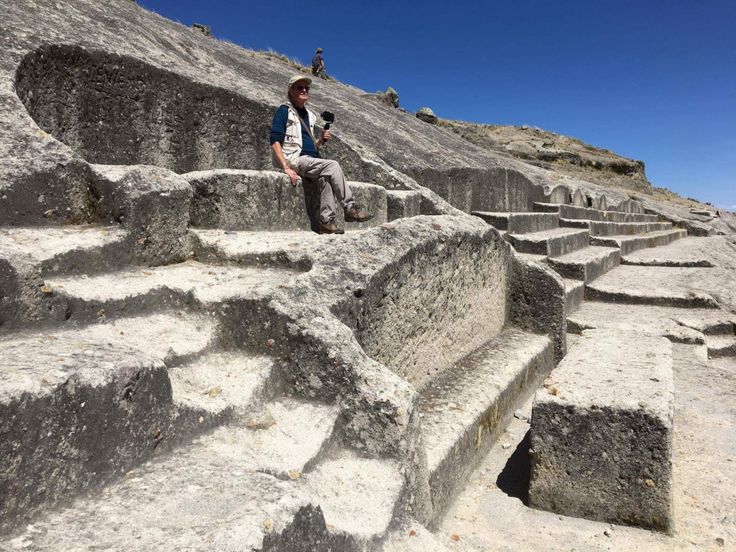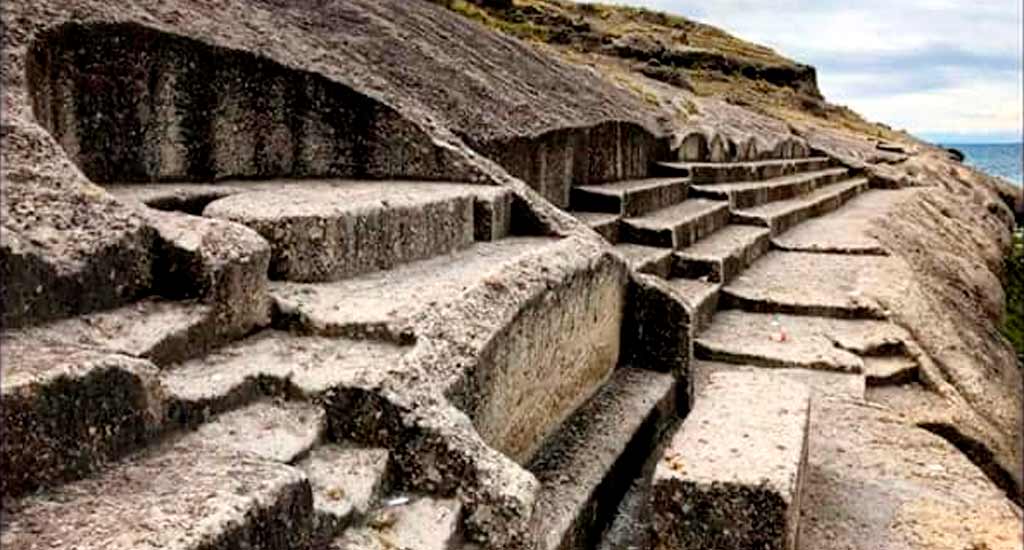Located near Lake Titicaca on the Peruvian side of the Peru-Bolivia border, Quenuani is a sacred site rich in both Inca and Aymara traditions. This archaeological location features carved stone steps, niches, and seats, believed to have served both ceremonial and astronomical purposes. While originally an Inca construction, today, it remains a significant site for Aymara ceremonies, particularly during the traditional New Year celebrations.
A Site of Spiritual Significance for the Aymara People
For the Aymara people, Quenuani is a living sacred site, where important ceremonial events like the Aymara New Year or Willkakuti are performed. These celebrations coincide with the winter solstice, a time when the Aymara honor the rebirth of the sun. This spiritual significance, rooted in ancient solar worship, is a direct link to the Inca practices, further cementing Quenuani’s role as a cultural hub that connects past and present beliefs.

Inca Architectural and Astronomical Insights
The Inca are known for their expertise in astronomy, and Quenuani’s steps and niches align with celestial movements, particularly during key solar events like the solstice. This suggests that the site may have also functioned as an astronomical observatory, reflecting the Inca’s deep connection to the cosmos. The stone structures’ precise alignment with the landscape further emphasizes the Inca Empire’s architectural genius and their ability to integrate spiritual beliefs with natural elements.

Quenuani’s Unique Role in Andean Culture
Quenuani is not just a ruin; it is an active cultural space where the Aymara continue to practice rituals that have been passed down through generations. The site’s ceremonial role demonstrates the ongoing importance of sacred landscapes in the Andean world, where cultural continuity is preserved through spiritual rituals and ancestral connections.

Conclusion: A Living Heritage
As a site where both Inca and Aymara cultures intersect, Quenuani offers valuable insights into the region’s historical and spiritual significance. Its continued use for traditional ceremonies underscores the timeless connection between the land, the cosmos, and human life, preserving ancient practices while maintaining relevance in the modern world.

